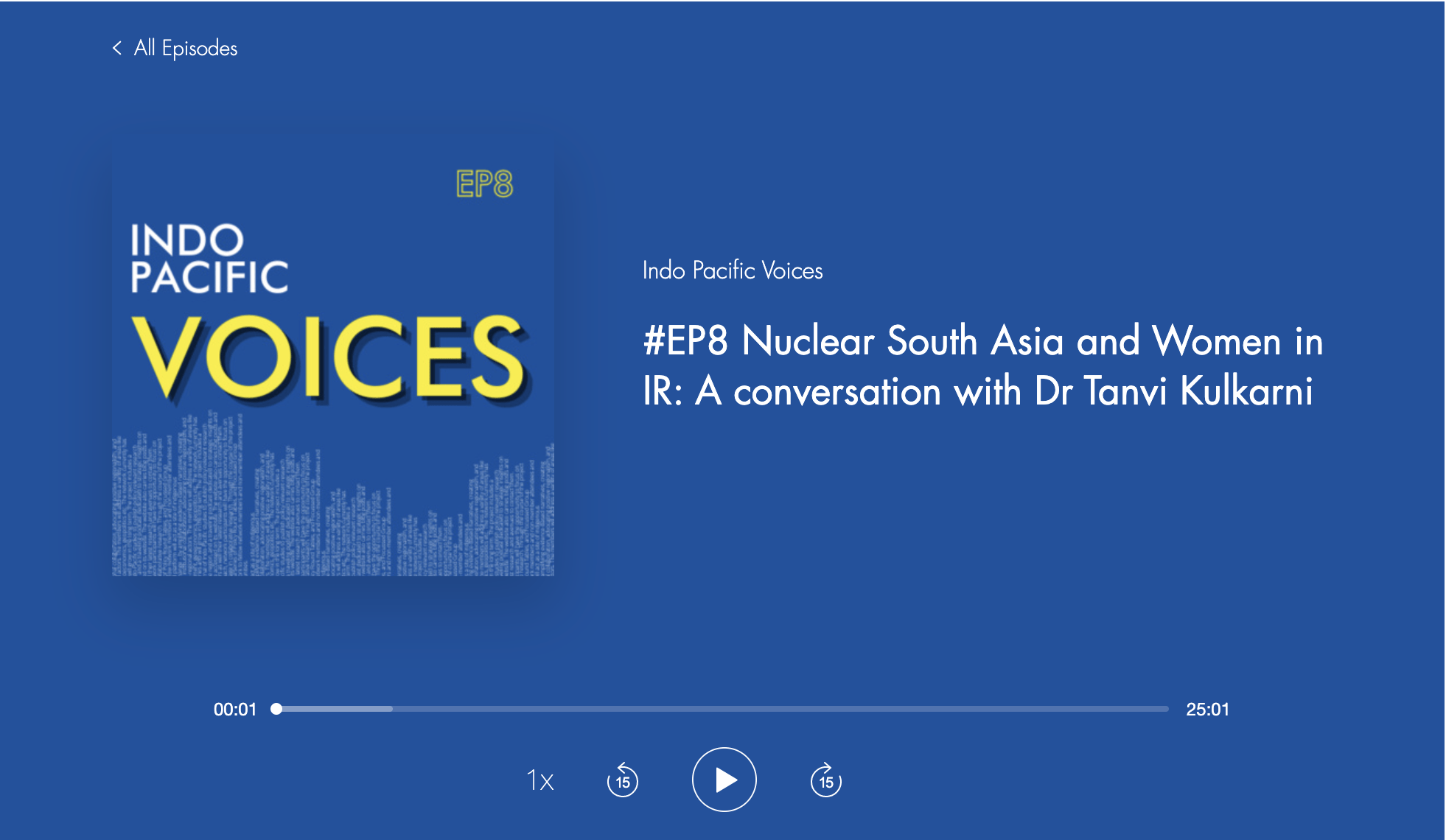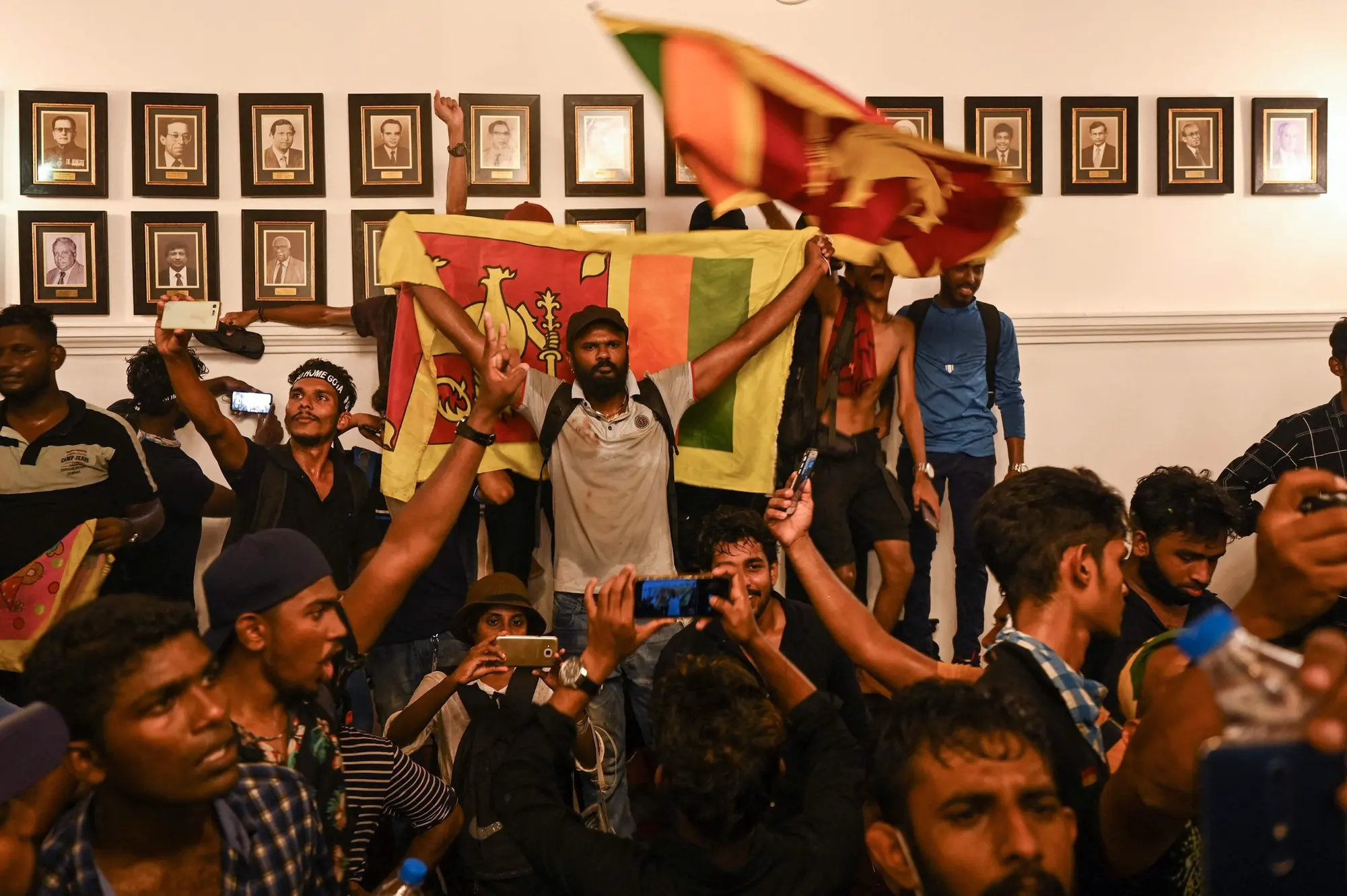Nirupama Rao at the Business Standard Seema Nazareth Awards
BUSINESS STANDARD
Former Indian foreign secretary Nirupama Rao delivered a speech at Business Standard Seema Nazareth Award Ceremony. The following is the full text of her speech. The original post can be viewed here.
It is an honor to be present at the Business Standard Seema Nazareth Awards function. In doing so, we remember a young writer and journalist, a creative and eloquent voice tragically snatched from our midst in her prime. We also honor the spirit of independent journalism, the spirit of enquiry and objectivity of representation, which are hallmarks of a democratic, plural society. My warm congratulations to Nitin Kumar the Award winner, and Akshara Srivastava who receives a Special Mention; the future of independent journalism is secure with young minds such as yours. Thank you again.
I begin my remarks with the proposition that there is no escape from geography or, the legacies of history. Our borders, these limits, are an inheritance we have no choice but to accept. In our own times, they confine rather than liberate, offering no escape because the nationalisms of our region compete, ours against theirs, with populism and xenophobia, and embedded hatreds, providing for their constant reinforcement, a militarism in popular attitudes which we accept, for denying it would bring the label of un-patriotism and national betrayal. One country’s chauvinism encounters its doppelganger in another. Hence, my view is that more and more diplomatic openings are mostly shut today. All the aspirational talk of a global, international community, of the interconnectedness of the region, of the world, seems empty, forgetting as we do that the art of statecraft is to cooperate and compete —in one behavioural set—with all countries. Instead, divisions multiply, and great power rivalries have splintered the world. Geopolitics trumps everything.
Therefore, in a post-pandemic world riven by such rivalries and now by an insensate war between Russia and Ukraine, and its fall-out on countries everywhere, with disastrous economic damage to pay for all of us, Michael Ondaatje’s words are appropriate: “I no longer guess a future. And do not know how we end or where.” Where is multilateralism headed? The post-globalization world has a definite leadership deficit. East and West are fast becoming meaningless constructs, and plurilateralism may be the new normal. The post-pandemic world is nasty and brutish, inward-looking and non-inclusive. Nations such as ours will have to hedge and look out for our best interests. It is a season of change everywhere.
The predominance of borders in our world speaks of the primacy of territorial power. In our region, unlike in Europe, borders are not regularly crossed as a routine, they have not thinned out, rather they have thickened. Security controls and surveillance technologies buttress our definitions of maximal impregnability. Connectivity is the casualty, and the borderlands between nations cease to be connector-zones. South Asia was meant to be an integer, the Grand Trunk Road, the Uttarapatha, the Silk Route of India, once connected Kabul all the way through undivided India to the borders of Burma. Kipling spoke of “all the world going and coming” along the road, a “wonderful spectacle” and that it was a “river of life” not to be seen elsewhere in the world. Another nineteenth-century traveler, Thomas Stevens called it an “unbroken highway of marvelous perfection, from Peshawar on the Afghan frontier to Calcutta.” Geetanjali Shree’s novel, shortlisted for the Booker Prize, the Tomb of Sand, speaks of all roads leading not to Rome, but of lanes and by lanes leading to the Grand Trunk Road, crossing borders ceaselessly, cutting through nationalisms, and slogans that legitimate borders, of characters that bemoan the Partition at Wagah. The Grand Trunk Road itself becomes a meeting ground for India and Pakistan, for Kurukshetra and Panipat, forging a path across scarred battlefields.
South Asia today is the least integrated region in the world, barring Antarctica perhaps. As far as India is concerned – and despite it being the largest country in the region – there is no inclination to play the role of connector and integrator. It is a failure to take the lead, in a willful embrace of history as we see it, we seem to have turned our back on South Asia, at least as it is collectively defined, as a region. Of course, you can blame it on politics, you can blame it on Pakistan, you can blame it on terrorism and militancy, but the buck must stop somewhere, and people look to the biggest country in the region to provide answers. The story of this region, its culture, its history and its civilization, apart from its geography and ethnicities, cuts across borders. The story literally cuts across the map. Why should proximity be treated as a peril?
Take the pandemic for instance, despite some early attempts at collaborating on pandemic treatment and preventive strategies, with India leading these initiatives, these efforts did not gather critical momentum that could have signaled a new chapter in intra-South Asian relations. It was a tale of promise denied. Each country exists in its own silos. Recoveries have been uneven across sectors, countries and groups of people, as a recent World Bank study showed. Many of the underprivileged share misery across borders and the war in Ukraine has not made things better for us. Supply constraints and financial sector vulnerabilities compound the problems. We share many problems, but solutions are not shared. Ergo, South Asia is not an integer, even though it was meant to be one. Where are the South Asian commons? The Grand Trunk Road has been swallowed up by the by lanes and small galis of narrow nationalisms and the failure to think big enough to go regional. From global we jump to local, and the connective tissue of the regional is bypassed. It is time to recall Sri Aurobindo who in a radio message on 15 August 1947 spoke of five dreams for India. One of those was for India to play a prominent part in ensuring ‘a unification of the human world’ and developing that ‘larger statesmanship’ of cultivating that ‘international spirit and outlook’ where nationalism would have ‘lost its militancy’ and ‘a new spirit of oneness’ would take hold of humanity. Somehow as we proceed to the coming decades of the twenty-first century, we seem to have lost those twentieth century dreams of a cooperative South Asia. Why cannot India make room for South Asia in its outward orientation? Are we airbrushing South Asia out of the picture, ignoring our natural gravitational field? Some sections of opinion speak of a ‘Greater India’ or Akhand Bharat which raises hackles in the region and may not win us friends or influence in the neighborhood, because each country in South Asia while acknowledging the links through history and religion, language, culture and civilization to India, is proud of its own unique identity, its singularity. The rest of South Asia does not exist in our shadow, rather, each of the countries who are our neighbors merit their own mention, they control their own destinies. The South Asian Association of Regional Cooperation, SAARC, seems to receive scant policy attention in our scheme of foreign policy priorities today. Even the Shanghai Cooperation Organization, a China-Russia driven body, has less of a Cinderella treatment at our hands.




